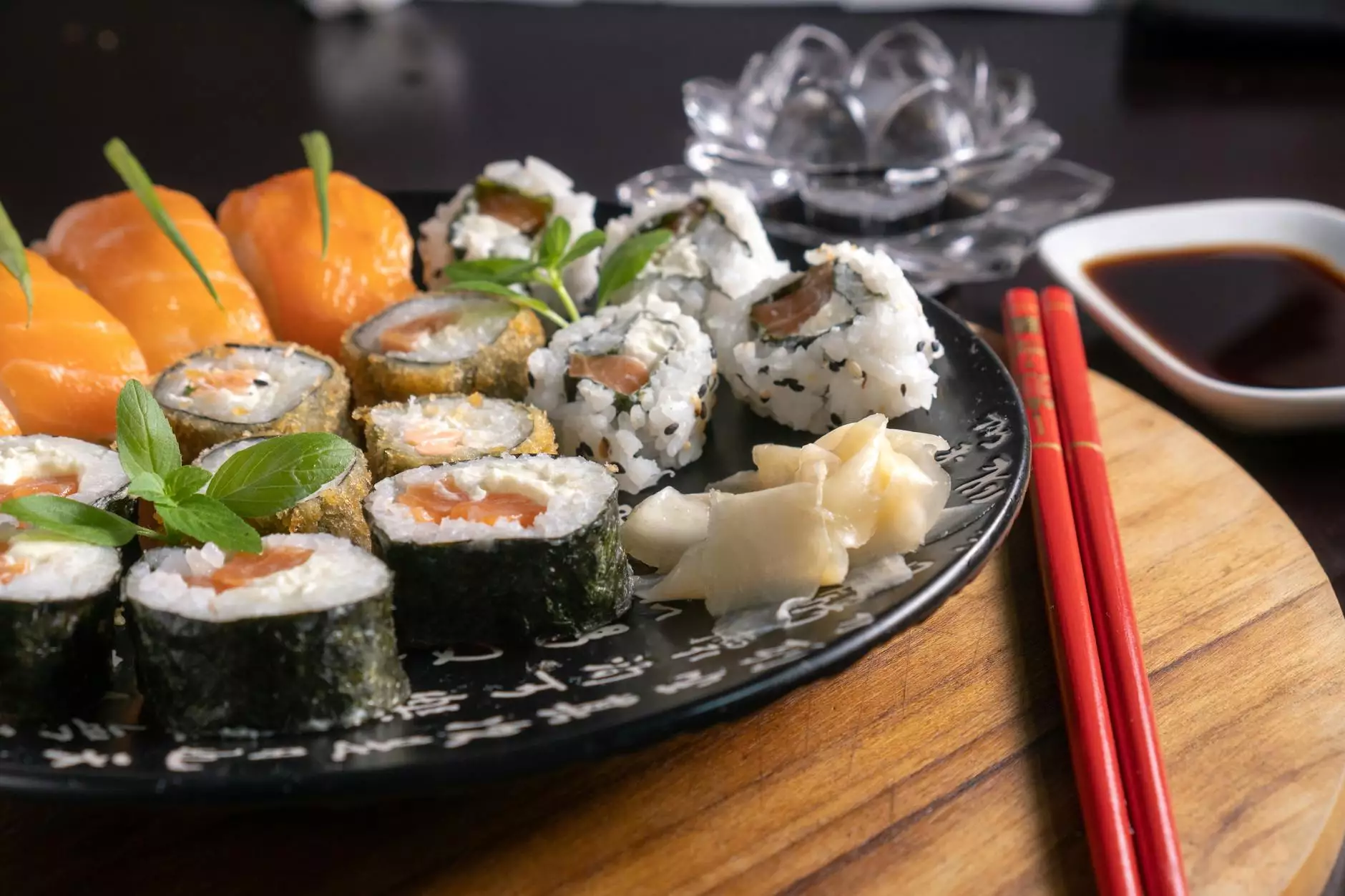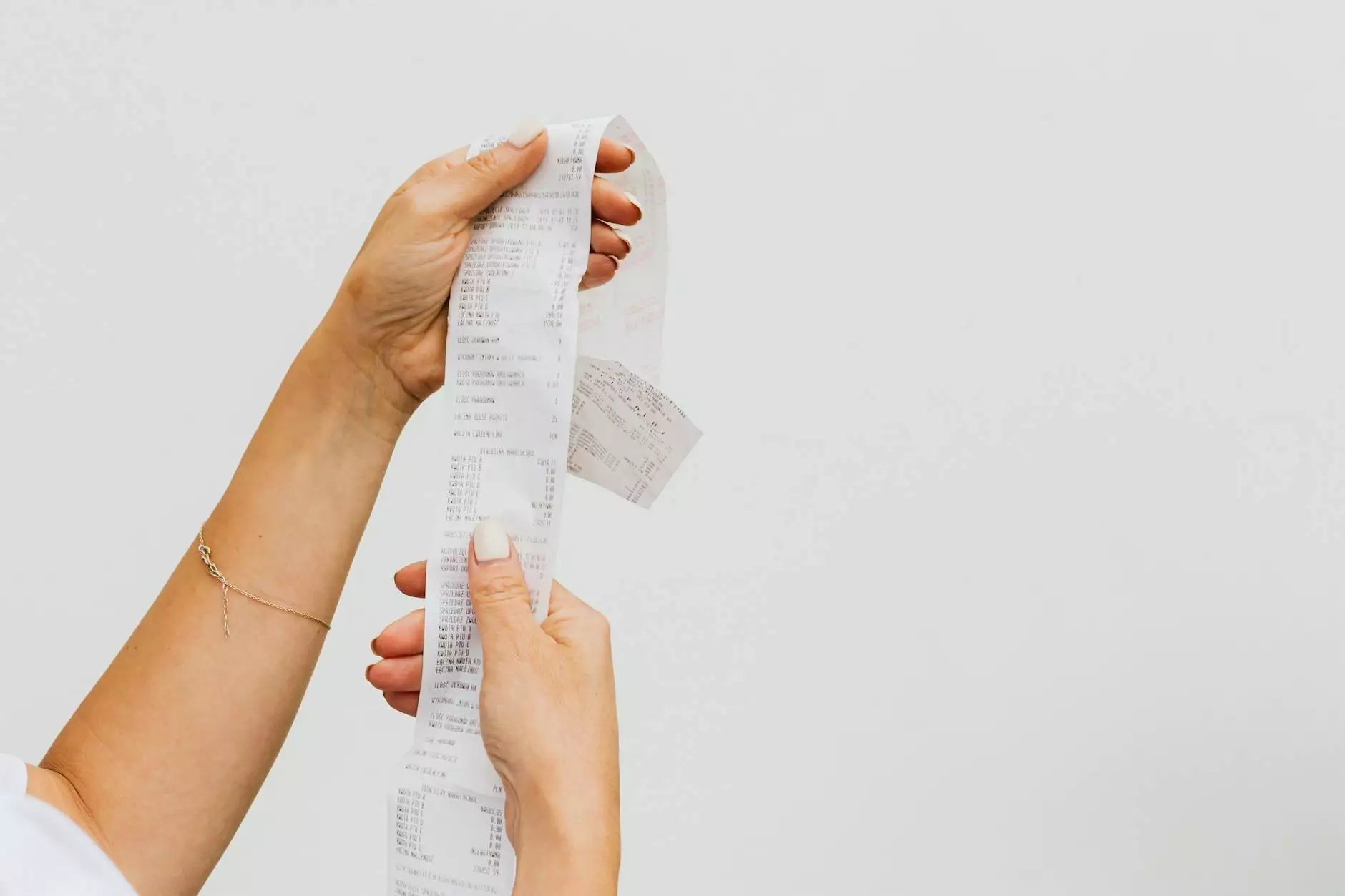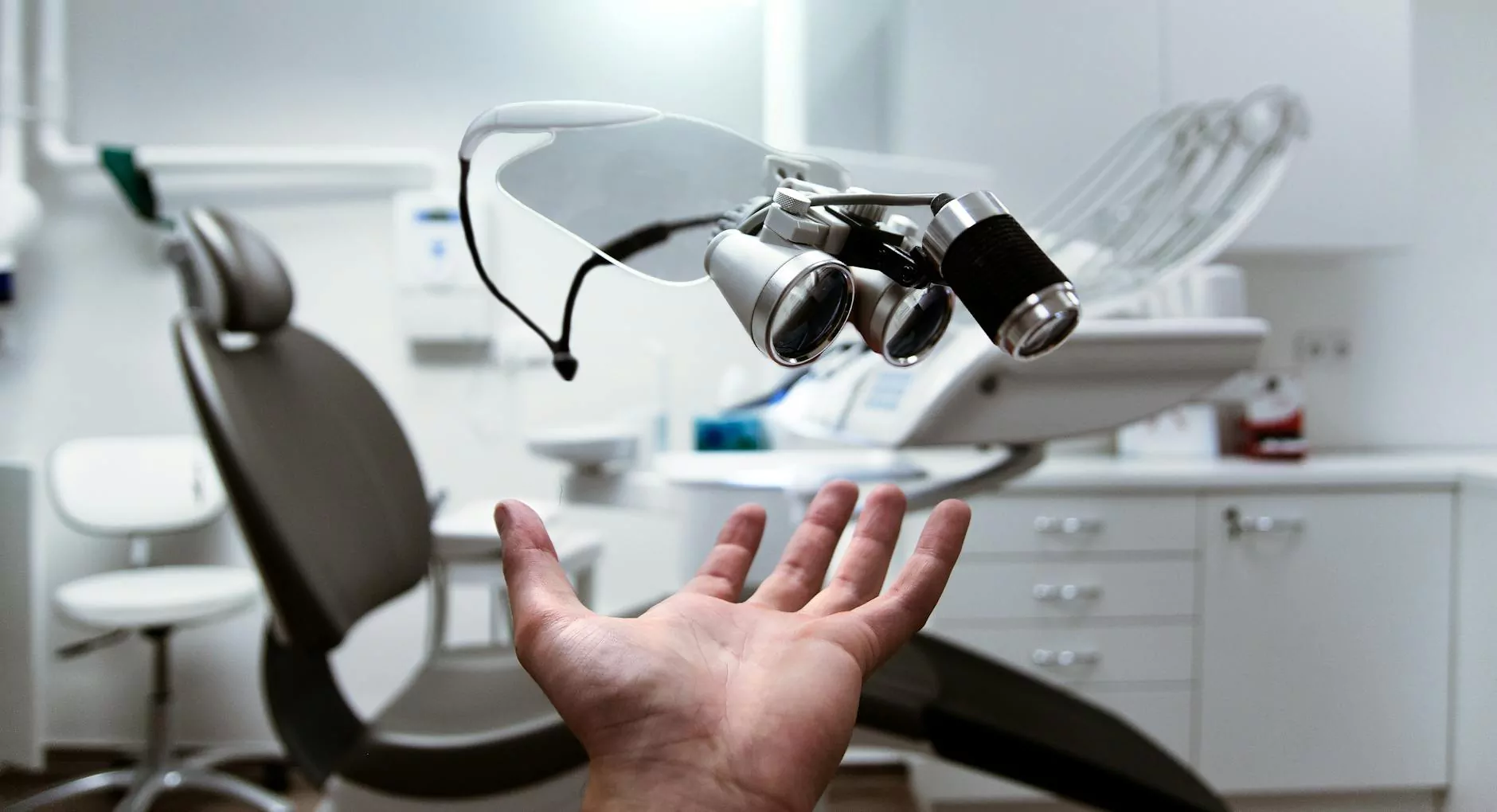The Cost of Real Wasabi: Understanding Its Value and Impact

When discussing Japanese cuisine, one ingredient often steals the spotlight: wasabi. However, what many people don't realize is the dramatic difference between real wasabi and its common substitutes. Understanding the cost of real wasabi is essential for both culinary enthusiasts and business owners operating within the restaurant and sushi bar sectors. This article delves into the intricacies of real wasabi, its production, and its implications for both consumers and businesses.
What is Real Wasabi?
Real wasabi, scientifically known as *Wasabia japonica*, is a plant in the Brassicaceae family, which also includes mustard and horseradish. Its root is the part that is typically used to create the wasabi paste that you find served with sushi. Unlike the green-colored paste that many are accustomed to, which is often simply horseradish flavored with green dye, real wasabi has a complex flavor profile that is both spicy and aromatic. It offers a subtle heat without the overwhelming burn found in its substitutes.
The Production of Real Wasabi
The cultivation of real wasabi is no simple task. It grows naturally in the river valleys of Japan but is challenging to farm. The plant requires a specific environment—cold, flowing water is essential to produce the best quality roots. Wasabi takes 18–24 months to mature, making it a long-term investment for farmers. Moreover, the cost of real wasabi can be high due to its demand and limited supply. Farmers must provide careful attention to many growing conditions, making this crop both labor and cost-intensive.
Challenges in Cultivation
There are several key challenges in wasabi cultivation:
- Water Quality: Real wasabi requires pure, cold, and running water, often making it difficult to source.
- Climate Conditions: Ideal conditions include shaded areas with high humidity, which are difficult to replicate in many regions.
- Pest Management: Because wasabi is grown in humid conditions, it can be susceptible to pests and diseases that require careful management.
- Time to Maturity: The long maturation time means that farmers must invest time and resources before seeing any returns.
The Cost of Real Wasabi vs. Imitation Wasabi
The cost of real wasabi can be significantly higher than that of imitation wasabi, often priced at over $100 per kilogram in retail markets. In contrast, imitation wasabi, primarily made from horseradish, can be sold for a fraction of that price. This price difference reflects not only the growing conditions and care but also the flavor difference and culinary experience that comes with using real wasabi.
Factors Influencing the Cost
Several factors contribute to the overall cost of real wasabi:
- Geographic Location: Authentic Japanese grown wasabi is more expensive in certain regions due to import costs.
- Supply and Demand: The limited resources can drive prices up, especially in regions where sushi and Japanese cuisine are popular.
- Market Trends: As consumers become more knowledgeable about food authenticity, demand for real wasabi continues to rise.
The Culinary Significance of Real Wasabi
For restaurants specializing in sushi bars and Japanese cuisine, serving real wasabi can enhance the dining experience significantly. Here are some culinary reasons to consider using real wasabi:
Flavor Profile
Real wasabi offers a unique and sophisticated taste that elevates dishes. The complex flavors complement the natural sweetness of fresh fish, enhancing its appeal. It provides a pleasant, lingering heat that does not overpower the palate.
Health Benefits
Wasabi contains several health benefits, including:
- Antibacterial Properties: Real wasabi has been known to possess antimicrobial qualities, making it beneficial when consumed with raw fish.
- Rich in Nutrients: It contains vitamins C and B6, calcium, and potassium.
Consumer Trends
As consumers become increasingly aware of the authenticity of their food, the use of real wasabi is becoming a selling point for eateries. Restaurants that pride themselves on authenticity and quality often highlight their use of real wasabi on their menus, attracting discerning diners.
The Impact on Restaurants and Sushi Bars
Integrating real wasabi into your menu may have several implications for your business, particularly within sushi bars and high-end restaurants:
Menu Differentiation
By offering real wasabi, restaurants can differentiate themselves from competitors who rely on imitation wasabi. This can be a unique selling proposition that appeals to food enthusiasts.
Increased Profit Margins
Despite the higher upfront costs, real wasabi can command a premium price on menus, which may lead to greater profit margins. Educating customers on the benefits of real wasabi justifies the higher price and enhances their dining experience.
Enhanced Dining Experience
Serving real wasabi can create a memorable dining experience that encourages repeat visits. When diners enjoy a more authentic experience, they are likely to share their positive experiences, thus providing free marketing for the restaurant.
How to Source Real Wasabi
For those in the restaurant industry or sushi bars, sourcing real wasabi can be challenging yet essential. Here are some tips:
Find Trusted Suppliers
Seek suppliers who specialize in authentic Japanese ingredients. Many regions now have producers that grow real wasabi, so research is crucial. Check reviews and testimonials from other restaurants.
Consider Local Options
With the rising interest in farm-to-table practices, finding local producers or growing your own wasabi can be a sustainable option. It may require an initial investment in farming resources, but it can pay off in authenticity.
Final Thoughts on the Cost of Real Wasabi
In conclusion, while the cost of real wasabi is significantly higher than its imitation counterparts, the benefits far outweigh the expenses for restaurants and sushi bars that are serious about quality and authenticity. Real wasabi not only enhances the flavor of dishes but also communicates a commitment to high culinary standards. As consumer demand for genuine ingredients grows, investing in real wasabi may prove to be a lucrative decision for any establishment within the Japanese culinary scene.
For further information and to explore our offerings, visit realwasabi.com.









